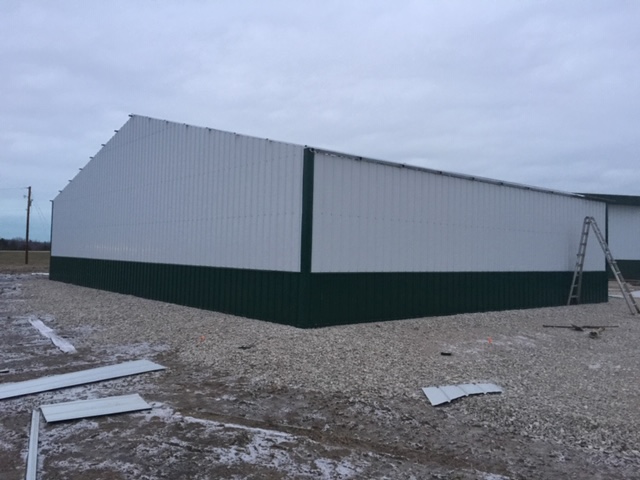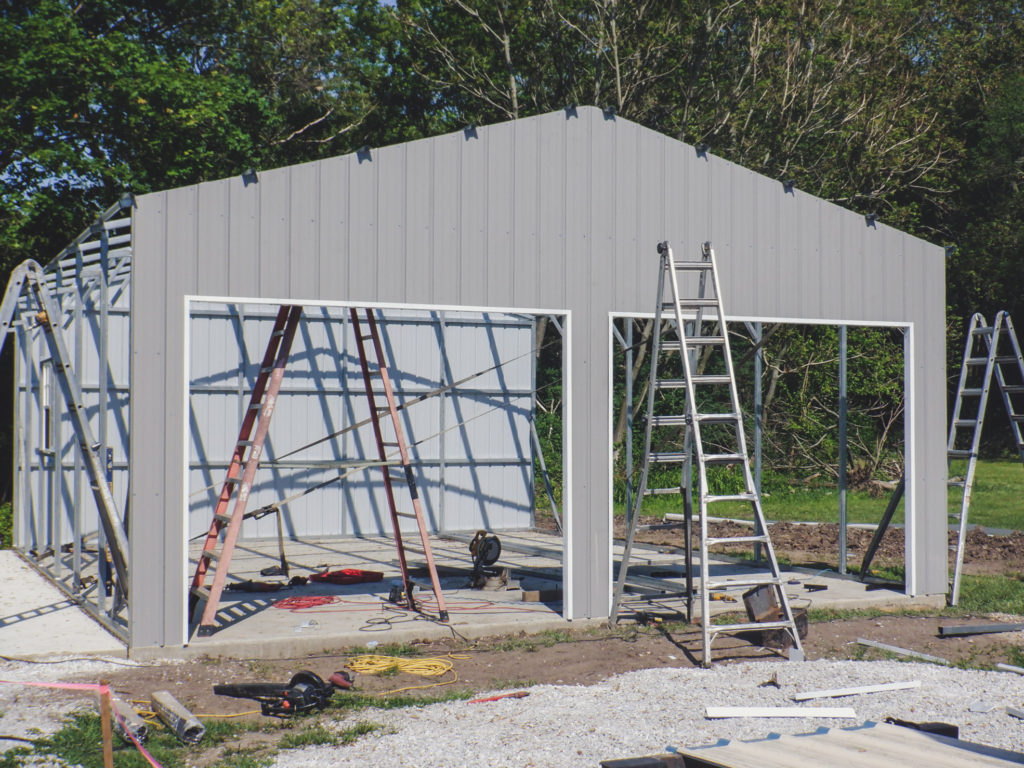
Metal buildings are in-demand for most construction projects due to their cost-effectiveness and sturdiness. However, they can also present some unique risks. To enjoy it more, knowing the benefits and risks associated with metal building construction is an excellent step to take.
Benefits of Metal Building Construction
Overall, metal building construction offers benefits that make it suitable for almost all projects. Here are some of its top benefits:
Durability: A metal building is a superb choice if you want a structure for the long term. It is solid and resistant to various damaging elements, including weathering and pests.
Cost-effective: Generally, metal costs much less than traditional building materials like wood and brick. It also eliminates costly maintenance that is necessary with other materials. Moreover, metal components like those pre-engineered are lightweight. In effect, you can save something from transportation and labor expenses.
Flexibility: You can use metal to construct single-story structures, multi-story buildings, or even complex steel frameworks. In addition, it is customizable to get unique designs and shapes.
Ease of construction: Pre-engineered metal buildings are easy to construct as they don’t require extra tools or techniques. These are even as good as assembling the parts correctly. Thus, construction using this is typically much faster than other materials and methods.
Environmentally friendly: Metal is a recyclable material too. So, it is much more sustainable and doesn’t require as much energy to produce and transport as other materials. Thus, metal building construction can also help reduce carbon footprint.
Read: Which metal is used in constructing buildings?
Risks of Metal Building Construction

Having a metal building is also associated with risks. It is then essential to be aware of potential hazards to prevent accidents or disasters. That way, you can set proper planning, maintenance, and precautions to ensure enjoying the best and most reliable metal building.
Fire Risks: Metal buildings can be susceptible to fire. If their frames serve as surface area, it leads to the spread of flames and heat during the fire. Sometimes also, adding flammable materials on metal surfaces like drywall may increase the fire risk. Additionally, welding and other hot work activities during the construction can raise the chance too.
Seismic Risks: It is crucial to secure metal frames using non-metallic fasteners and other seismic bracing systems. These will help absorb shocks during natural disasters because their hollow nature and flexibility make them less resistant to shaking or vibration.
Corrosion Risks: Metal is particularly vulnerable to moisture. It makes sense to be critical of protecting metal frames from water damage using insulation or drywall. Moreover, the use of galvanized steel can help reduce corrosion risks.
Improper Installation Risks: Improper installation of metal building components can lead to some problems, including weak frames, insufficient bracing, and uneven roof loading. As such, it is a must to follow the manufacturer’s instructions carefully. Get the help of qualified personnel for installation activities to guarantee that metal building components are correctly assembled.
Wind Risks: Metal structures may shift, twist, and buckle if not satisfactorily secured during strong wind. To address this, add wind-resistant components like a brace system with approved fasteners. Consider installing girts and purlins correctly, and have an appropriate design for your structure to handle local wind speeds.
Besides taking necessary precautions, review your local codes and regulations before any construction activities. It helps to comply with applicable laws.
